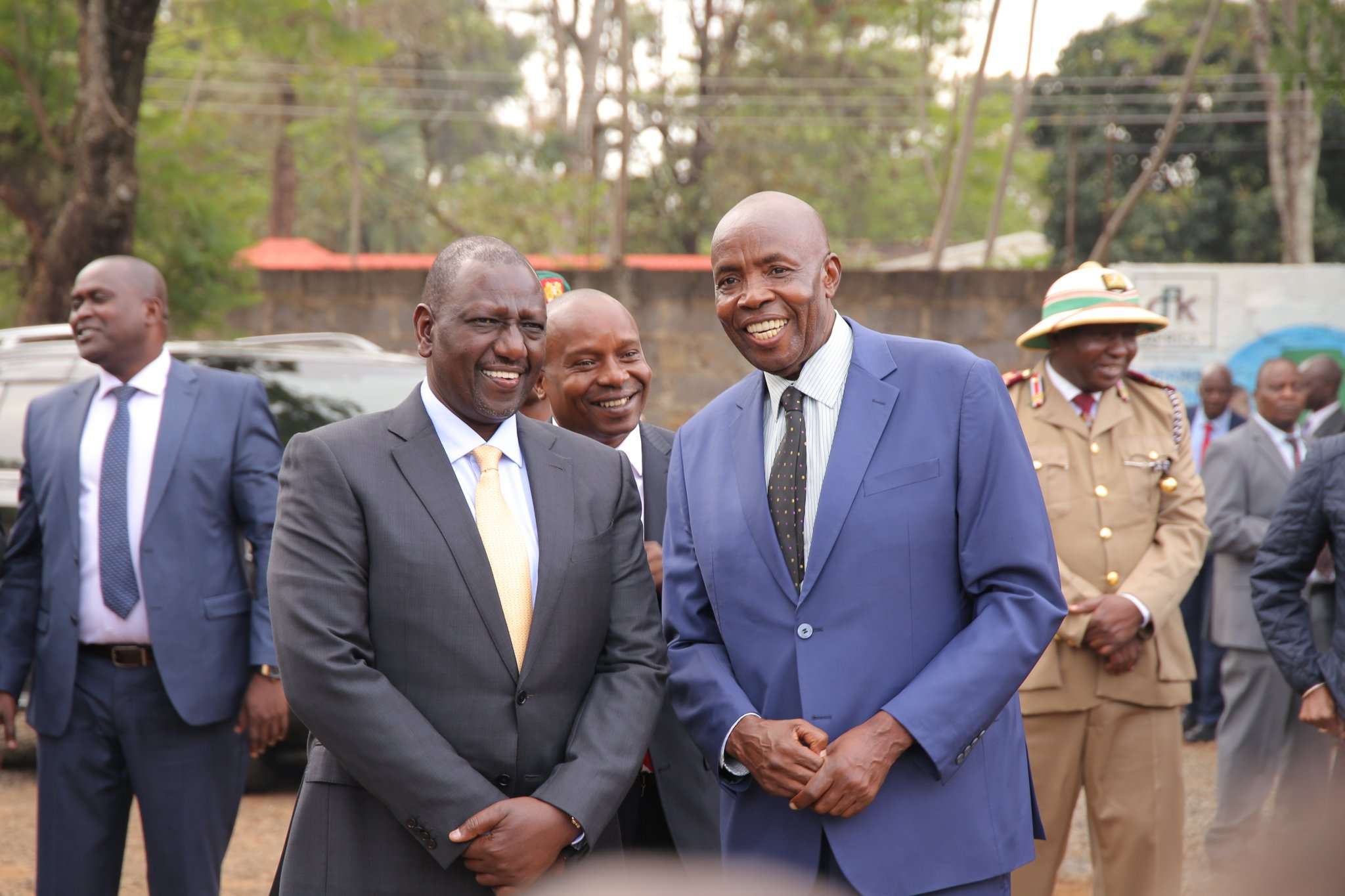The government of President William Ruto is considering several ways to enable a seamless transition for students following the Competency-Based Curriculum (CBC), particularly given the increased demand for scientific labs.
These solutions include rushing the construction of new laboratories in primary schools, allowing junior secondary pupils to utilize labs in nearby secondary schools, and turning already-existing classrooms into labs.
George Magoha, a former cabinet secretary for education, had disclosed that 1,268,830 students had entered Grade 6 the previous school year. As part of the government’s policy of a 100% transition, they are anticipated to move from CBC to JSS for Grade Seven.
Despite the challenges of the laboratories, Dr. Ruto is confident that the transition to junior secondary schools (JSS) will be smooth, despite the hiccups that have occurred as a result of the educational system change.
“I personally believe that the decision to transition to the CBC was a good one. There could have been some missteps in the process, maybe we could have an extra one or two years to make sure we get the teachers and all the facilities on board, but that is water under the bridge,” he said in an interview with media houses on Wednesday.
According to Treasury reports containing budget proposals, more than 2,800 classrooms will be built for JSS over the next three years. The next fiscal year will see the construction of at least 906 classrooms and 400 laboratories. Additional 936 and 964 classrooms are planned for fiscal years 2024-25 and 2025-26, respectively.
The following fiscal years will see the construction of 837 laboratories, as well as the renovation of over 6,100 schools.
The Taskforce on Enhancing Access, Relevance, Transition, Equity, and Quality for Effective Curriculum Reforms, chaired by Prof Fatuma Chege, determined that there was a shortfall of 18,000 classrooms in secondary schools, which informed the previous administration’s construction of JSS classrooms.
That has since come to a halt.
According to a report by the Education Sector Working Group, the Jubilee administration built the majority of the 6,495 classrooms in secondary schools to improve JSS transition between 2020 and 2022.
Prof Magoha stated in May 2022 that only 1,500 primary schools were authorized to host JSS because they had adequate learning and teaching facilities as well as land for physical expansion.
The Ruto administration has since changed its policy, preferring to house JSS in primary schools.
“When we did our research with close to 20,000 parents, 86% of them said they wanted their children to go to schools close to them so that costs do not rise,” he said.
A teacher shortage is also causing problems in the JSS transition. According to the TSC Strategic Plan 2019-23, the teacher shortage versus the projected learner population would be 61,671 for secondary and 34,941 for primary school by this year, with teacher attrition likely to exacerbate the shortage.
To address the shortage, Dr Ruto stated that permanent, pensionable, and intern teachers were being hired in accordance with the advice of the Teachers Service Commission (TSC).
“We gave the TSC the latitude to decide the number of teachers needed to help the Grade Seven transition, how many will assist in the continuing secondary education and those who will go to the primary. The expertise in the commission is in a better place to tell us where the teachers will be posted,’’ he said.
The President promised to hire 30,000 teachers this year and 110,000 more over the next five years.
“As a government, we took the decision to hire an extra 30,000 teachers to ensure the transition is smooth. Next year, we are going to hire another 30,000 teachers, with the availability of resources, to make sure our education system is seamless,” Dr Ruto said.
He urged schools to be creative in order to make the transition a success.
“Grade Seven students in schools that share compounds with secondary schools can conduct their experiments in the secondary schools,” he said.
He asked schools that would face difficulties in establishing laboratories to convert some of their existing classrooms for the purpose.
The President was confident that enough classrooms would be available in all 24,000 public primary schools in time for the transition.
“We have extra classrooms in all schools that will be used by the junior secondary pioneer cohorts and there is no need for parents to transfer their children.
“The only thing that will be pending and on which we will consult with our Members of Parliament is the construction of a laboratory for them within the next year,” he said.
However, parents expressed concern that schools may not be ready for the transition by the end of this month. Through their chairperson, Silas Obuhatsa, they asked the government to postpone school reopening to ensure there is adequate infrastructure first
“The government has the right to postpone school reopening for one or two months to have these structures in place before learning can resume,” said Mr Obuhatsa.
Annual capitation for all students in public primary and secondary schools is Sh1,420 and Sh22,244 respectively. The government has not stated whether JSS students will be allocated capitation as primary or secondary school students. If the school is classified as a secondary school, the Ministry of Education will require more funds, which are not included in the current budget, causing yet another headache.

